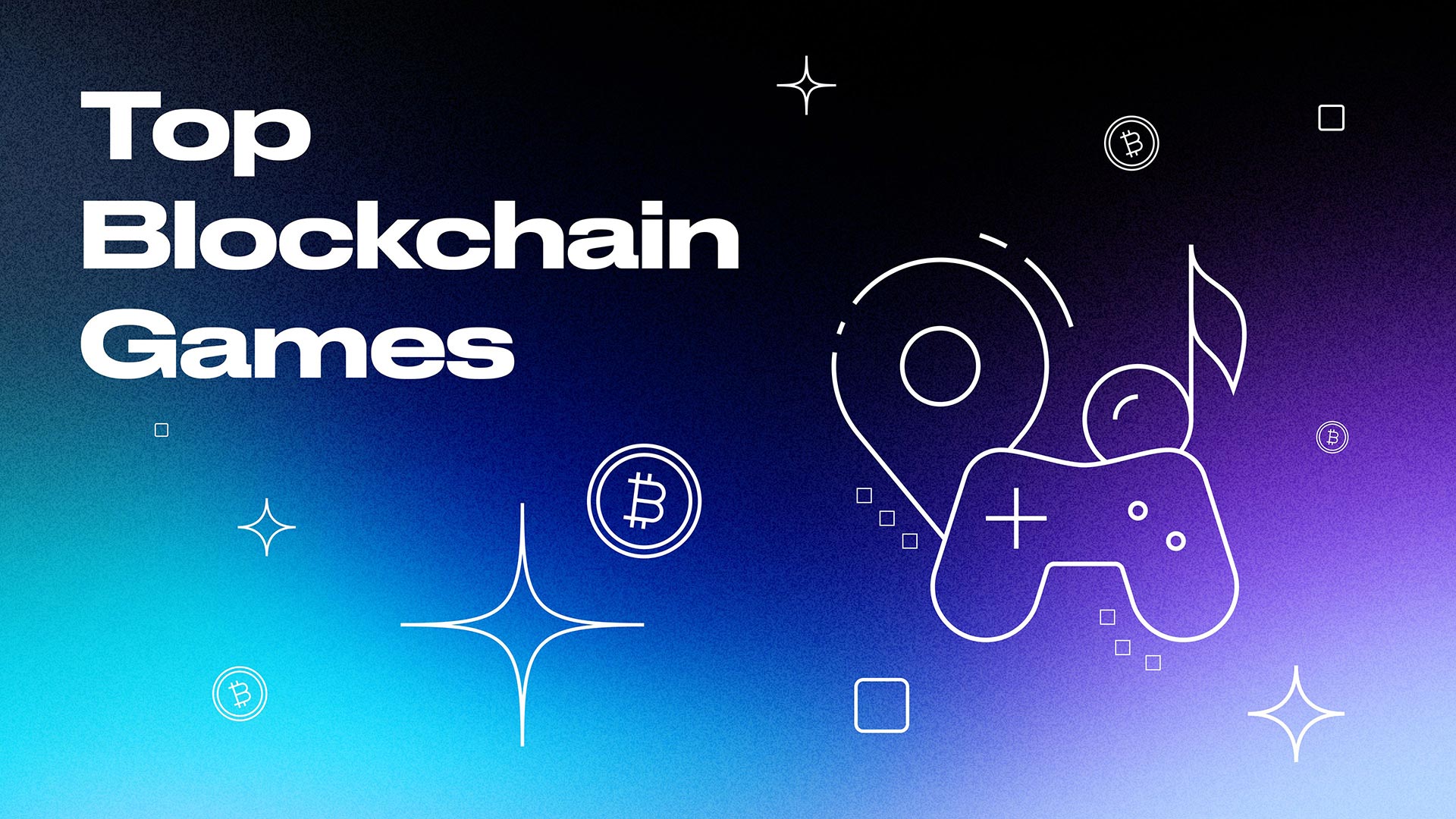Blockchain technology has taken the world by storm, and its impact is not limited to cryptocurrencies alone. One of the most exciting areas of innovation in the blockchain space is the emergence of play-to-earn (P2E) games.
They use blockchain technology to enable players to earn cryptocurrency or other digital assets by playing the game. In this article, we will look at some of the top blockchain P2E games that are currently available.
1. Axie Infinity
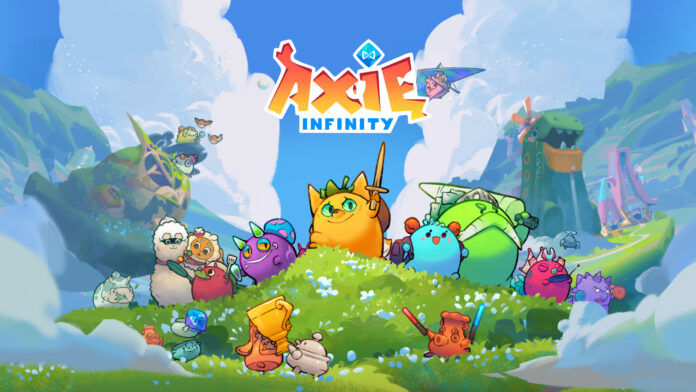
Axie Infinity is a blockchain-based game that allows players to collect, breed, and battle creatures called Axies. It has gained immense popularity due to its play-to-earn mechanics. Players can earn the game’s native cryptocurrency, Axie Infinity Shards (AXS), and Small Love Potions (SLP) by playing the game.
AXS can be used to govern its ecosystem, while SLP can be used to breed new Axies. The game has also spawned a new industry of “scholars” who play it on behalf of others in exchange for a share of the earnings.
2. Splinterlands
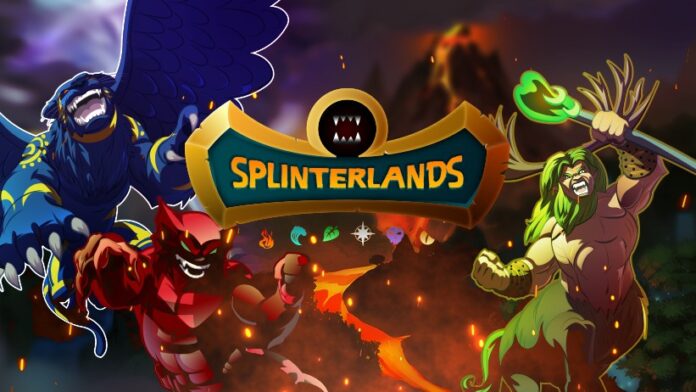
Splinterlands is a digital collectible card game that runs on the Hive blockchain. It has a similar play-to-earn model to Axie Infinity, with players earning the game’s native cryptocurrency, Dark Energy Crystals (DEC), by playing it. DEC can be traded on cryptocurrency exchanges or used to buy new cards, which can then be used to battle other players. It has a thriving community of players and has been praised for its user-friendly interface.
3. The Sandbox
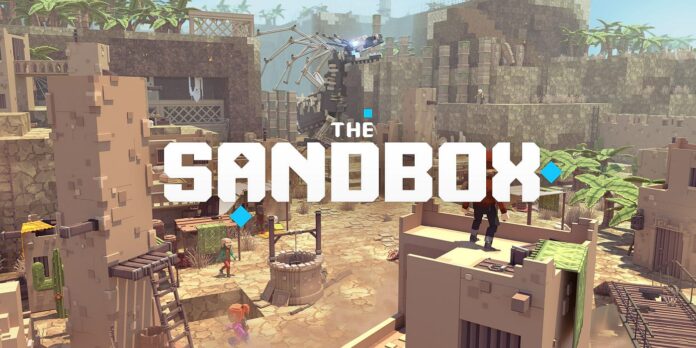
The Sandbox is a virtual world where players can create, share, and monetize their own gaming experiences. It uses the Ethereum blockchain to enable players to own and trade their in-game assets.
Players can earn the game’s native cryptocurrency, SAND, by creating and sharing experiences that are popular with other players. It has also partnered with major brands like Atari and Rollercoaster Tycoon to create branded experiences within the game.
4. My Neighbor Alice

My Neighbor Alice is a blockchain-based game where players can buy and own virtual land and create their own games and experiences. It uses the Binance Smart Chain and has its own native cryptocurrency, ALICE.
Players can earn ALICE by participating in the game’s various activities, such as farming, staking, and participating in community events. It has been praised for its cute graphics and immersive gameplay.
5. Alien Worlds
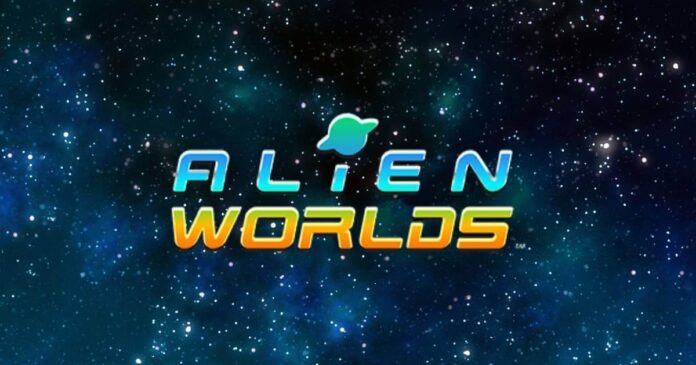
Alien Worlds is a blockchain-based game that combines elements of gaming and DeFi. Players can explore different planets, mine resources, and battle other players. It uses the WAX blockchain and has its own native cryptocurrency, Trilium (TLM).
TLM can be earned by mining resources, participating in battles, and staking the game’s governance token, TLM-2. It has been praised for its unique gameplay mechanics and its integration with DeFi.
Trends and Challenges
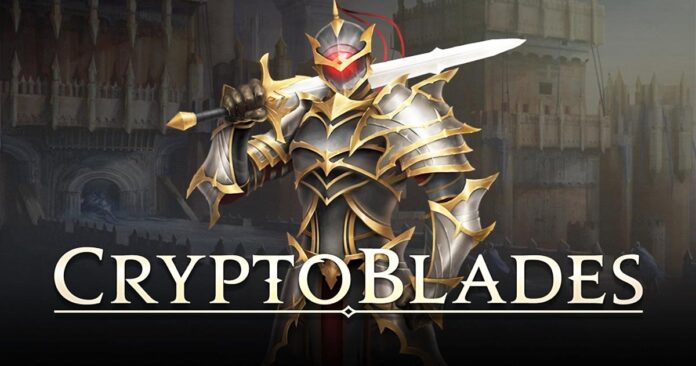
In addition to the games mentioned above, there are many other P2E games that are worth checking out. For example, CryptoBlades is a blockchain-based game that allows players to battle monsters and earn the game’s native cryptocurrency, SKILL.
Players can also trade their SKILL tokens on cryptocurrency exchanges. Another popular one is Lost Relics, which allows players to explore dungeons, find treasure, and earn cryptocurrency.
The popularity of P2E games is not limited to the gaming community. Investors and entrepreneurs have also taken notice of the potential of this new industry. In recent months, there has been a surge of investment in blockchain gaming startups, with some companies raising tens of millions of dollars in funding.
These investments are fueling the development of new games and platforms that are pushing the boundaries of what is possible with blockchain technology.
One notable example is Yield Guild Games (YGG), a decentralized gaming guild that allows players to earn cryptocurrency by playing P2E games. YGG has been a major player in the Axie Infinity ecosystem, with its members earning significant amounts of cryptocurrency by playing it. YGG has also invested in other blockchain gaming startups, such as Aavegotchi and Guild of Guardians.
The growth of P2E games is not without its challenges. One major issue is the high barrier to entry for new players. Many of them require players to purchase digital assets, which can be expensive for those who are just starting out. This can make it difficult for new players to get involved in the ecosystem and earn cryptocurrency.
Another challenge is the regulatory environment. As with any new industry, there is uncertainty around how they will be regulated in different jurisdictions. Some governments have already taken steps to regulate cryptocurrencies, which could have an impact on the P2E gaming industry.
Despite these challenges, the future of P2E games looks bright. The potential for players to earn cryptocurrency by playing them is an incredibly powerful incentive, and it is driving innovation and growth in the gaming industry. As blockchain technology continues to mature, we can expect to see even more exciting and innovative P2E games emerge in the coming years.
One trend that is likely to shape the future of P2E games is the integration of non-fungible tokens (NFTs). NFTs are unique digital assets that can be bought, sold, and traded on blockchain platforms. In this context, NFTs can be used to represent rare in-game items, such as weapons, armor, and other virtual goods. By using NFTs, game developers can create a more immersive and engaging gaming experience, while also enabling players to earn valuable digital assets.
Another trend is the integration of artificial intelligence (AI) and machine learning (ML) technologies. These technologies can be used to create more complex and sophisticated gameplay mechanics, as well as to personalize the gaming experience for individual players. For example, AI and ML could be used to create dynamic in-game economies that respond to player behavior in real-time.
Conclusion
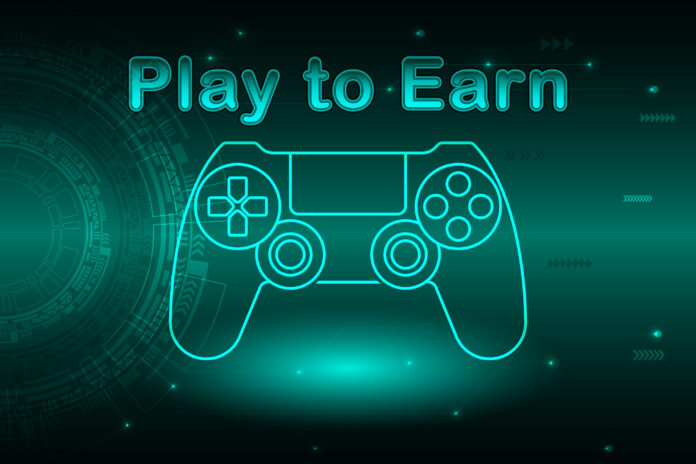
Blockchain-based play-to-earn games are an exciting new development in the gaming industry. The emergence of P2E games is also driving innovation in the broader blockchain ecosystem.
These innovations could have broader implications for the blockchain industry as a whole, as they enable new use cases and applications that were previously impossible.

